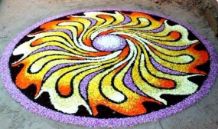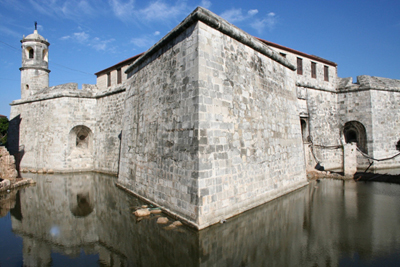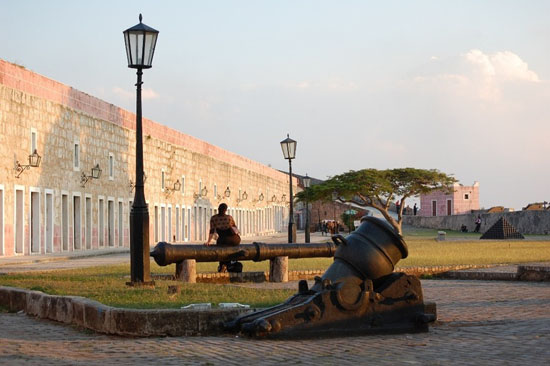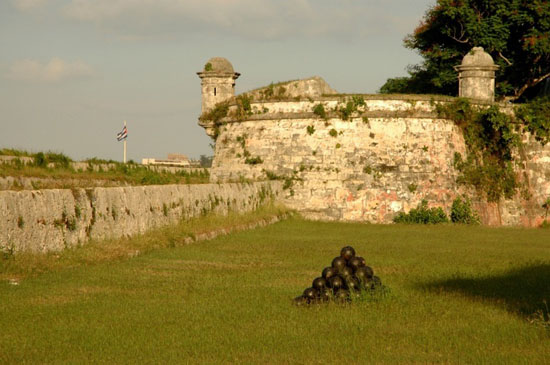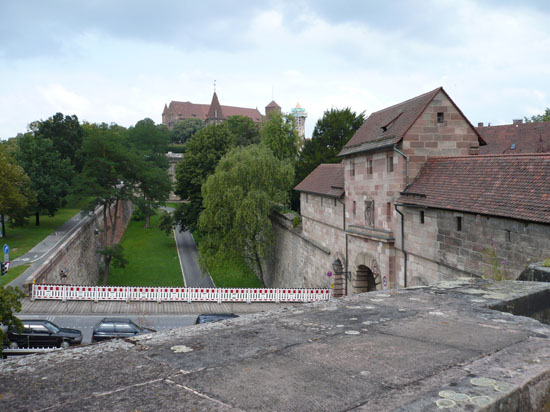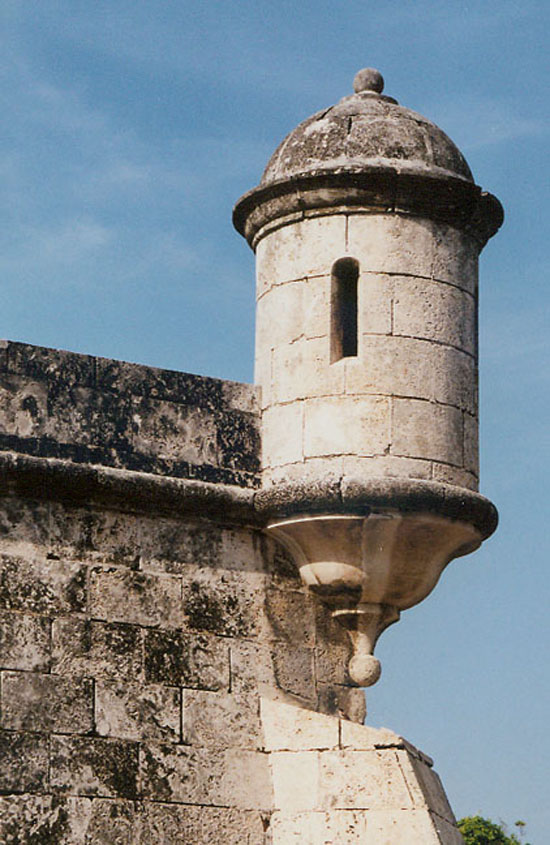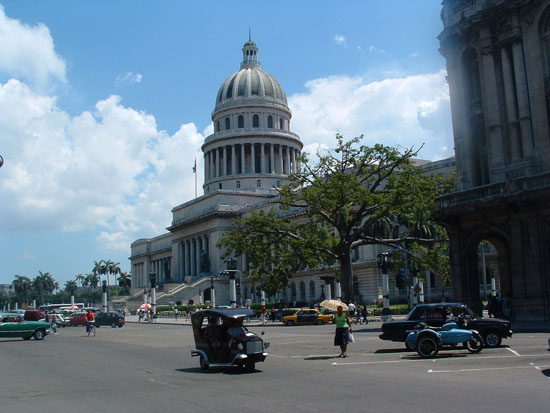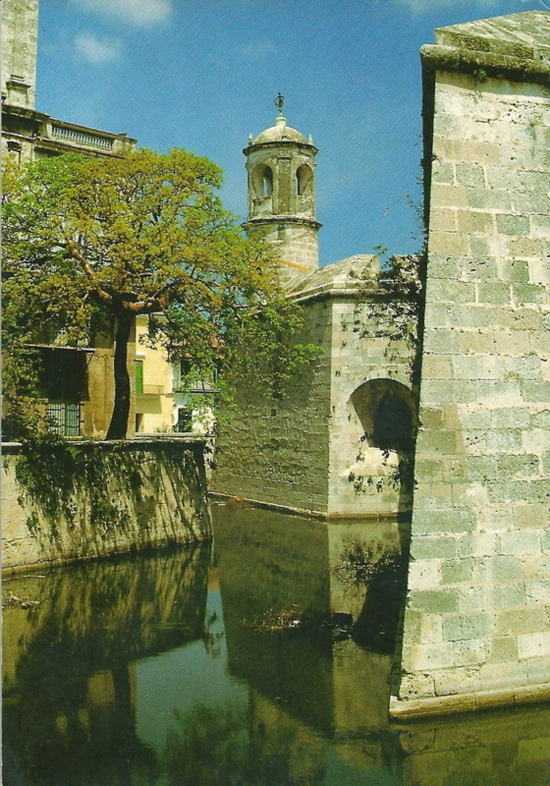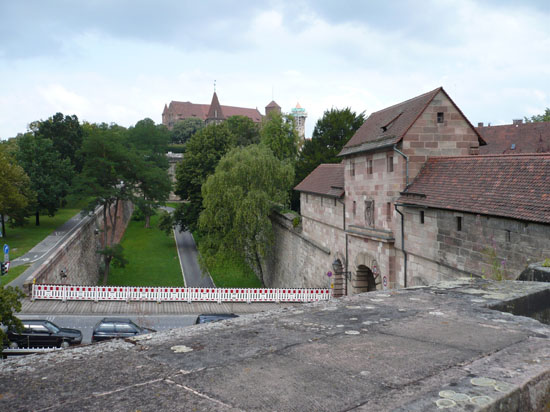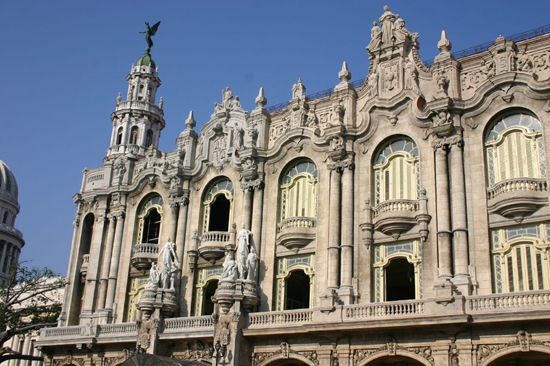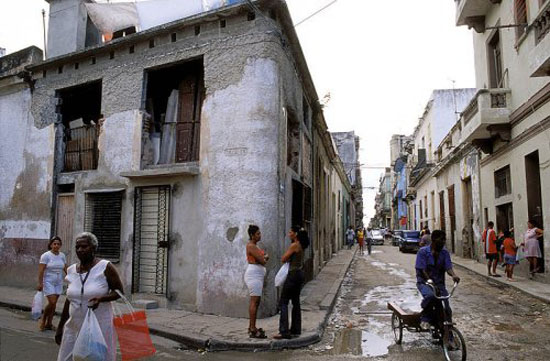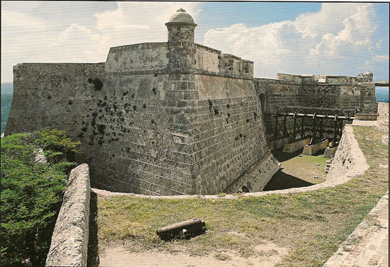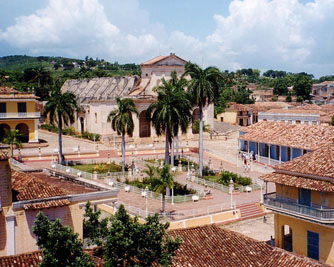The Cuban capital Havana is one of the earliest Europeans settlements in the New World. Was founded in 1515 by the Spanish and thereby is one of the oldest cities in the New World. Its old centre retains an interesting mix of Baroque and neoclassical monuments, Many buildings have fallen in ruin in the latter half of the 20th century, but a number are being restored.
These monuments includes the municipal palace of the 18th century, are of Baroque inspiration, as are a number of urban ensembles, such as the Plaza Vieja. These are complemented by seigneurial homes of Neoclassical styling. Beside the homogeneous ensemble of private houses decorated with ironwork and arcades, balconies, wrought-iron gates and internal courtyards It has a history as a trading port, which needed strong fortifications.
It also was an important shipyard. It had become one of the Caribbean’s main centers for ship-building in the 17th century. Havana’s urban plan consists of a string of small squares.
Old Havana, or Habana Vieja, is the core of the original city. It is encircled with a city wall that forms the modern boundaries of Old Havana. It was founded by the Spanish in 1519 around a natural harbor. It became a stopping point for the treasure laden Spanish Galleons laden with treasures on the crossing between the New World and the Old World.

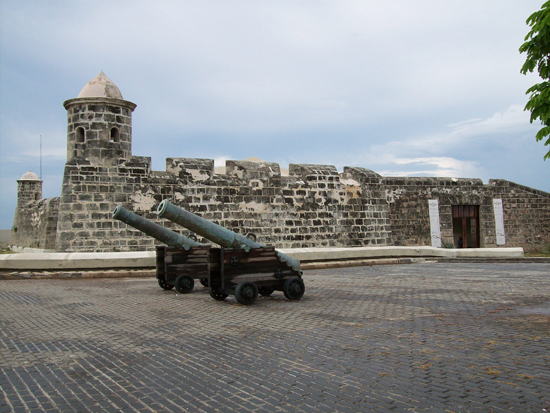
The narrow streets of old Havana contain many buildings, accounting for perhaps as many as one-third of the approximately 3,000 buildings found in Old Havana. It is the ancient city formed from the port, the official center and the Plaza de Armas. Old Havana was destroyed and burned by the French pirate Jacques de Sores after he failed to discover any loot in the city. Following the attack, the Spanish built the first fortress there, in 1558.
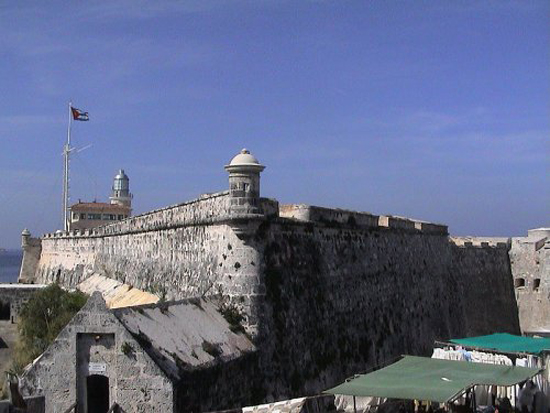
Old Havana was inscribed as a UNESCO World Heritage Site during the 6th session of the World Heritage Committee meeting in UNESCO Headquarters in Paris, France on 13-17 December, 1982.
 Main sights in Old Havana:
Main sights in Old Havana:
• The Malecón is an avenue that runs along the seawall on the northern shore of Havana.
• Castillo Del Morro is a fortress guarding the entrance to Havana bay.
• La Cabaña is another fortress. The most impressive fortress of the Spanish colony.
• Salvador de la Punta is another fortress. It was constructed in 1590, and in 1629 to defend better the port,
• Castillo de la Real Fuerza is a fortress near the Plaza de las Armas. The first big fortification of the city.
• Catedral de San Cristóbal, the most prominent building on the Plaza de la Catedral.
• Plaza de Armas – the main touristic square.
• Gran Teatro de la Habana, the Great Theater of Havana.
Hotels in the region:
Check availability, maps, photos and reviews before traveling, and book at the guaranteed lowest price.











